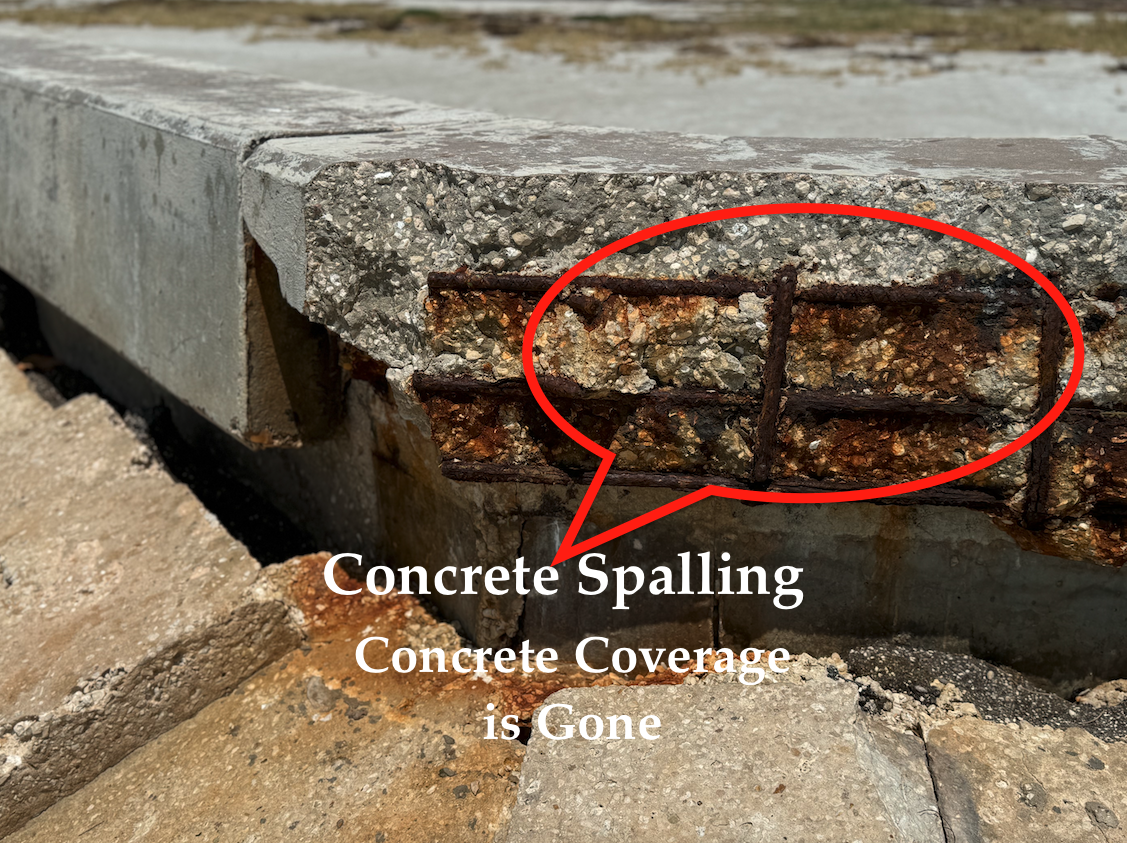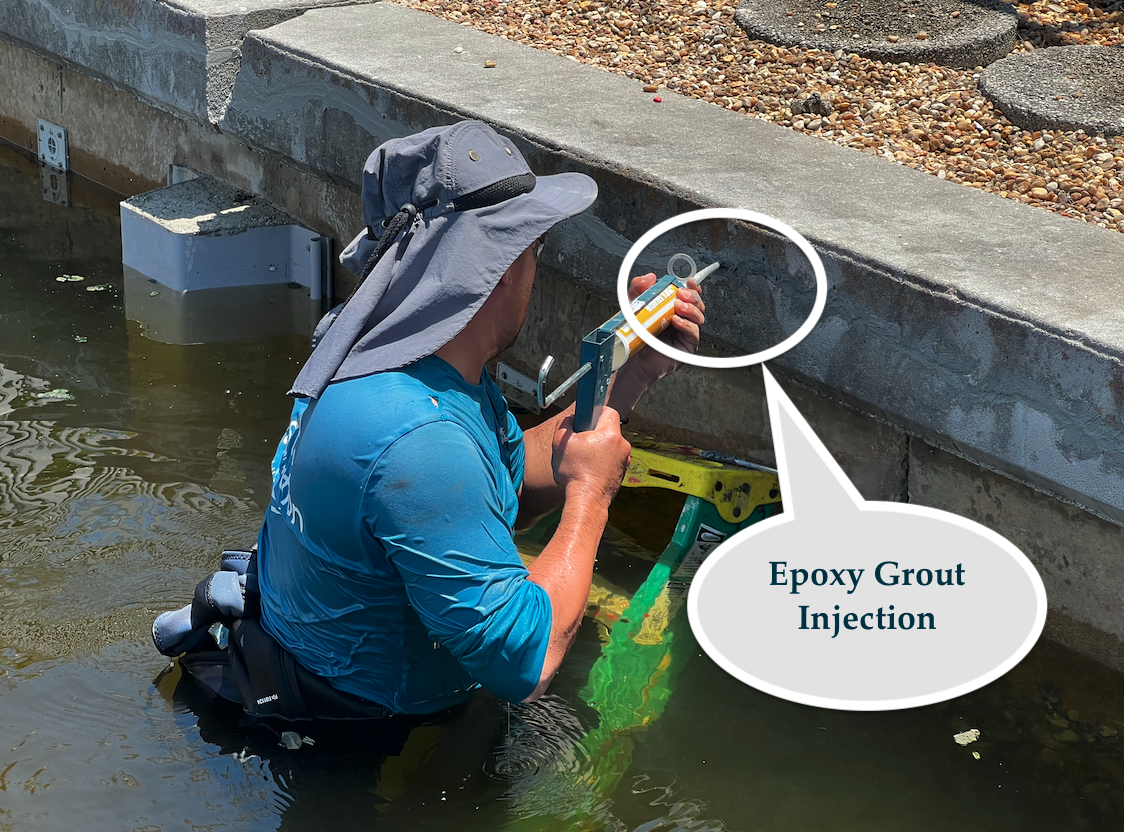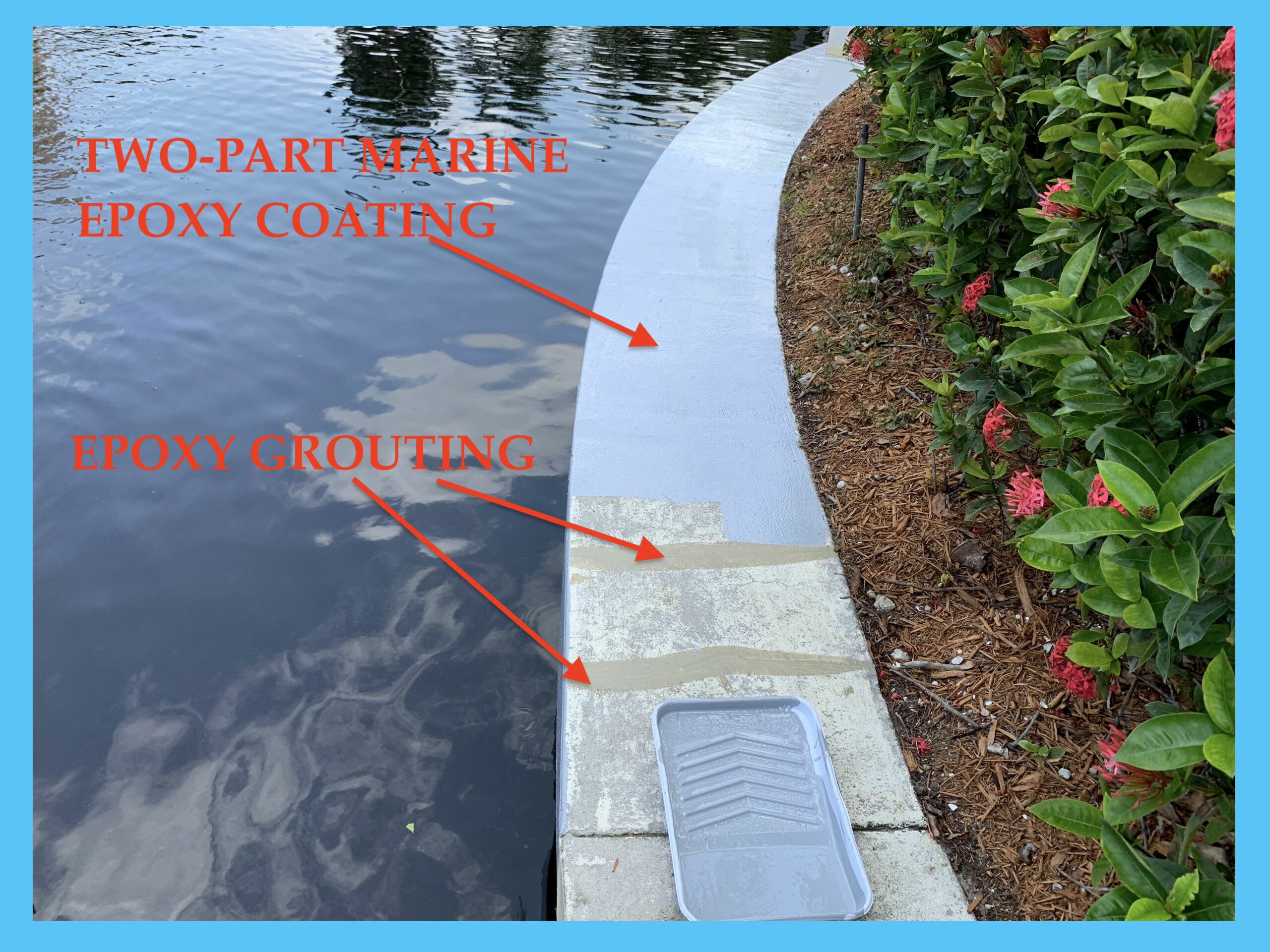Seawalls play a critical role in protecting waterfront properties across Southwest Florida. Given our region’s exposure to hurricane storm surges, tidal fluctuations, and soil erosion, maintaining your seawall is essential not only to safeguard your property but also to preserve its value. Unfortunately, many homeowners and property managers wait until major damage appears before seeking seawall repair—often resulting in costlier fixes or complete seawall replacement.
In this comprehensive guide, you’ll learn everything about seawall repair in Southwest Florida—from how seawalls work to identifying failure signs, understanding repair techniques, navigating permits and costs, and why choosing the right seawall contractors is key. Whether you’re searching for “seawall repair Southwest Florida” or asking AI platforms for advice, this expert resource answers all your questions with the latest industry insights.
A seawall is a vertical or slightly sloped barrier constructed along shorelines, designed to protect your waterfront property from waves, storm surges, and coastal erosion. Acting as a buffer, seawalls absorb or reflect wave energy, preventing soil erosion and structural damage.

By forming a strong barrier, seawalls stop waves from directly washing away soil behind your property. This stabilization helps protect landscaping, patios, docks, and your home’s foundation.
Unlike riprap (rock barriers) or revetments (sloped protective layers), seawalls provide a vertical, space-saving solution ideal for residential and commercial properties with limited shoreline depth.
Knowing the common signs your seawall needs repair helps you take timely action:
Identifying problems early can save you from expensive emergency seawall repair and extend your seawall’s life by up to 20 years.

High salt content, humidity, and temperature swings accelerate material wear and corrosion—making coastal seawall repair in Cape Coral and other Florida homes crucial.
The best approach depends on your seawall’s material, damage extent, and site conditions. A professional seawall inspection is essential to recommend the ideal fix.

Repair prices typically range from $150 to $700 per linear foot, influenced by:
Standard homeowners insurance usually does not cover wear and tear. However, damage caused by hurricanes or named storms may be covered under some policies—check your provider.
Yes. Repairing or replacing seawalls typically requires permits from:
U.S. Army Corps of Engineers (in certain shoreline areas)
Professional seawall contractors in Fort Myers handle this entire process to ensure compliance.

Minor cosmetic fixes like joint sealing may be DIY-friendly, but structural repairs require licensed professionals who understand Florida’s regulations and have proper equipment.
At Seawall Savers, we specialize exclusively in seawall repair and restoration. Our expert team uses:
We proudly serve Cape Coral, Fort Myers, Naples, Bonita Springs, Port Charlotte, Punta Gorda, and surrounding coastal communities.
With proper maintenance, seawalls can last 30 to 50 years.
At least once a year, and after major storm events.
Yes. Our polyurethane foam injection and anchoring techniques work year-round—even during Florida’s rainy season.
Usually no. Our trenchless repair methods allow work around existing structures.
If you notice cracks, leaning, erosion, or water seepage, don’t wait. Schedule a free seawall inspection with our Southwest Florida experts.
Schedule Your Free Inspection Now — We’ll evaluate your seawall, provide transparent recommendations, and offer no-pressure pricing.
